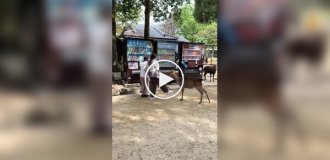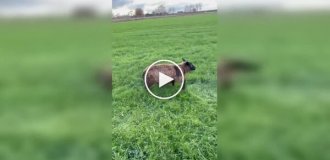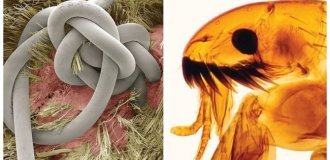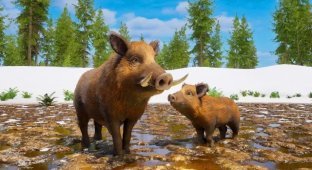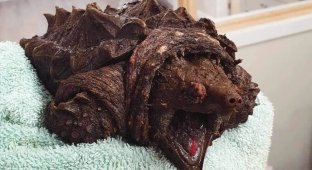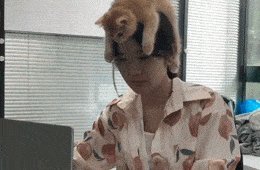From trash can to bowl: raccoons follow the evolutionary path of dogs and cats (2 photos + 5 videos)
So we're watching nature decide who's next in line for the sofa and the food bowl. 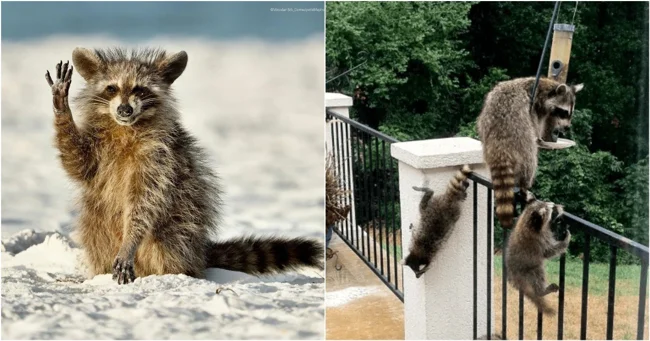
A new study published in the journal Proceedings of the National Academy of Sciences shows that urban raccoons have already begun the process of domestication, and this is no joke, it's evolution in full swing.
Scientists from the University of Washington and the Berlin Museum of Natural History compared hundreds of individuals from metropolitan areas and wild forests and discovered surprising changes: urban raccoons have shorter muzzles, more compact teeth, and a skull shape typical of domesticated animals.
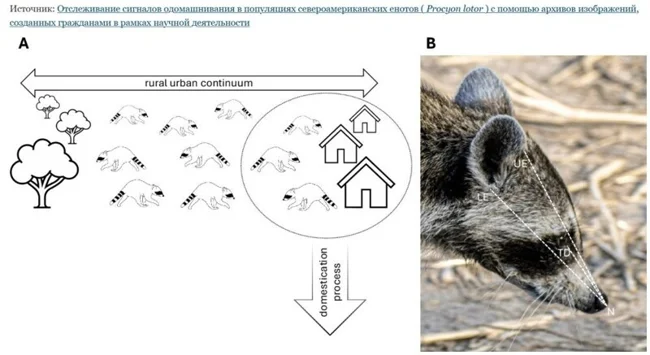
But the most important thing is the behavioral change. Wild raccoons avoid people like the plague, while their urban counterparts boldly climb into trash cans, approach cafes, and even peer into windows. However, their level of aggression is significantly lower: they don't attack, but rather "beg" or "extort" food.
Researchers explain that to survive near humans, raccoons need to be bold, but not vicious. Aggressive individuals either get hit by cars or scare people away and lose access to food. Calm individuals, on the other hand, receive everything from pizza scraps to regular handouts from touched passersby.
These traits are inherited: calm raccoons are more likely to reproduce, and their cubs grow up surrounded by people and learn to do the same. Essentially, raccoons trade freedom for food and safety, just as dogs did fifteen thousand years ago and cats nine thousand years ago. Scientists predict that within a few generations, urban raccoons could become as tame as modern cats.
Nature proves once again: if you want to survive alongside humans, be nice, smart, and don't bite.

